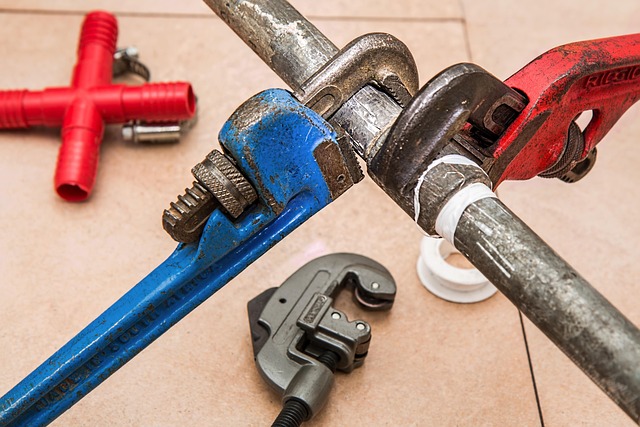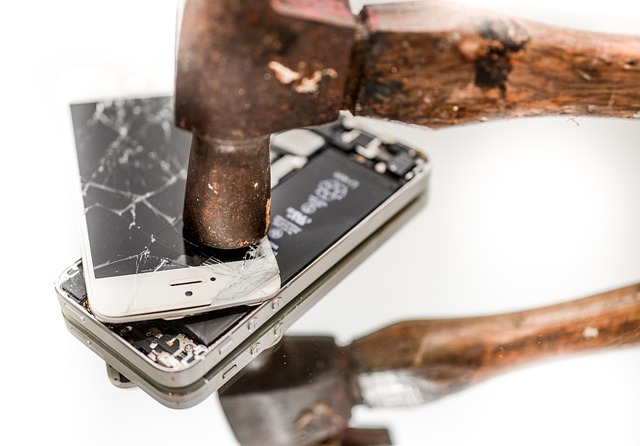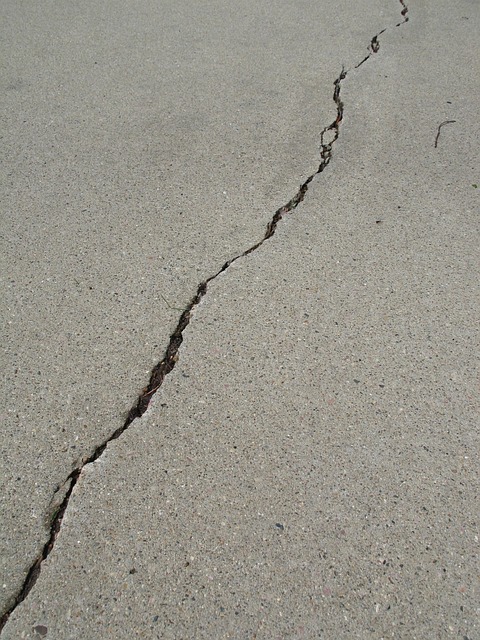Concrete foundation cracks, caused by settlement, temperature changes, poor construction, or water pressure, require prompt action. Regular inspection identifies structural damage and uneven floors. Optimal crack repair methods vary based on severity, with options like epoxy injections, carbon fiber wraps, or underpinning. Non-destructive assessment tools help pinpoint hidden cracks. Epoxy injections offer strength, longevity, and minimal disruption. Early detection and repair prevent further deterioration and costly repairs, ensuring foundation stability.
“Concrete foundation cracks can compromise structural integrity and esthetics, prompting homeowners to seek effective crack repair solutions. This comprehensive guide delves into the intricate world of concrete foundation repair, addressing key aspects from understanding crack development to implementing advanced repair techniques like epoxy injections and structural stabilization. Learn how to evaluate severity, employ non-destructive assessment methods, and prevent future cracks through proactive maintenance, ensuring your concrete foundation’s longevity.”
Understanding Concrete Foundation Cracks

Concrete foundation cracks can be a common concern for homeowners, but understanding their causes is the first step toward effective crack repair. These cracks often appear as vertical or horizontal lines on the surface of the concrete, ranging from hairline fractures to larger gaps. They can result from various factors, such as settlement, expansion due to temperature changes, poor initial construction, or underground water pressure. By identifying the specific type and cause of the cracks, homeowners can determine the most suitable crack repair method for their situation.
Regular inspection is crucial in catching these issues early on. Homeowners should look out for any signs of structural damage or uneven floors, as these could indicate more severe foundation problems. Prompt action when addressing concrete foundation cracks is essential to prevent further deterioration and costly repairs down the line.
Causes of Foundation Crack Development

Foundation cracks can develop due to a variety of factors, many of which are outside of your control. One of the primary causes is soil settlement, where shifting earth beneath your home can cause the foundation to crack over time. Another significant factor is moisture intrusion, as water expansion and contraction can exert immense pressure on concrete, leading to fractures. Extreme temperatures also play a role, with heat causing concrete to shrink and cold causing it to expand, putting stress on the foundation structure. Poor initial construction quality or inadequate materials can exacerbate these issues, making crack repair more complex.
Evaluating Severity & Repair Methods

When evaluating concrete foundation repair, understanding the severity of the damage is crucial. Start by assessing the size, depth, and pattern of cracks in the foundation walls. Cracks can vary from hairline fractures to wide, open splits, each indicating different levels of instability. Inspect for signs of settling, shifting, or uneven floors, as these may suggest more severe structural issues.
Depending on the severity, several repair methods are available. For minor crack repairs, professionals might use epoxy injections to fill and stabilize the cracks from within. In cases of more extensive damage, carbon fiber wraps can be applied to reinforce weak areas. For severe foundation problems, underpinning or piering techniques may be employed to lift and stabilize the entire structure.
Non-Destructive Crack Assessment Techniques

Non-destructive crack assessment techniques play a crucial role in concrete foundation repair, enabling professionals to accurately identify and evaluate damage without causing further deterioration. These methods are particularly valuable for detecting subtle cracks that might be invisible to the naked eye or hidden beneath surface finishes. By employing advanced technologies such as ground-penetrating radar (GPR) and thermal imaging, experts can thoroughly inspect concrete structures, pinpointing the extent and location of cracks.
This non-invasive approach allows for targeted crack repair strategies, ensuring that only necessary areas are addressed while preserving the structural integrity of the foundation. With accurate assessments, contractors can choose from various repair techniques like injection molding, carbon fiber reinforcement, or epoxy patching, tailoring their approach to the specific needs of each crack and contributing to a longer-lasting and more stable concrete foundation.
Epoxy Injections for Crack Repair

Epoxy injections are a highly effective method for repairing concrete foundation cracks, offering both strength and longevity. This process involves drilling small holes into the cracked area and injecting a mixture of epoxy and aggregate material. The epoxy fills the crack completely, creating a strong bond that prevents further damage. This technique is particularly useful for wider cracks, as it can fill and stabilize them from the inside out, ensuring structural integrity.
By using epoxy injections, concrete foundation repairs become more efficient and less invasive compared to traditional methods. It allows for minimal disruption to the surrounding area and can be completed in a shorter timeframe. Additionally, epoxy is highly resistant to water, chemicals, and extreme temperatures, making it an excellent long-term solution for crack repair, ensuring your foundation remains sturdy and protected.
Structural Stabilization Solutions

Concrete foundations are integral to the structural integrity of any building, and their stabilization is crucial for maintaining a safe and solid structure. When cracks appear in concrete, it’s not just an aesthetic issue; it could indicate deeper structural problems that require attention. Crack repair becomes an essential component of foundation stabilization, addressing both functional and cosmetic concerns.
Professionals employ various techniques to stabilize and strengthen concrete foundations, ensuring longevity and preventing further deterioration. These solutions range from simple crack filling and sealing to more intricate methods like carbon fiber reinforcement or the injection of epoxy resins. By choosing the right repair method, structural integrity can be restored, protecting both the building and its occupants from potential hazards associated with unstable foundations.
Preventative Maintenance Strategies

Regular inspection and maintenance are key to preventing concrete foundation issues. One of the primary strategies is proactive crack repair. Cracks, no matter how small, can signal underlying problems and lead to more severe damage if left unattended. Therefore, homeowners and property managers should schedule periodic inspections to identify cracks early on.
Once cracks are detected, quick action is crucial. Filling and sealing these cracks with appropriate materials can prevent water penetration and further structural degradation. This simple preventative measure not only saves costs in the long run but also extends the life of the foundation, ensuring a stable and secure structure for years to come.
When to Call a Professional Contractor

If you notice any signs of damage or distress in your concrete foundation, it’s crucial to act swiftly. While some minor cracks or settlement issues might be addressed with DIY methods, more severe problems often require professional intervention. Cracks that are wider than a penny, increasing in size, or accompanied by uneven floors and walls indicate potential structural issues that demand attention from a licensed contractor.
The expertise of professionals is essential for accurate diagnosis and effective crack repair. They have the tools and knowledge to assess the extent of damage, identify the root cause, and implement appropriate solutions like underpinning, rebars, or foundation replacement. Timely intervention can prevent further deterioration, costly repairs, and potential safety hazards associated with unstable foundations.
